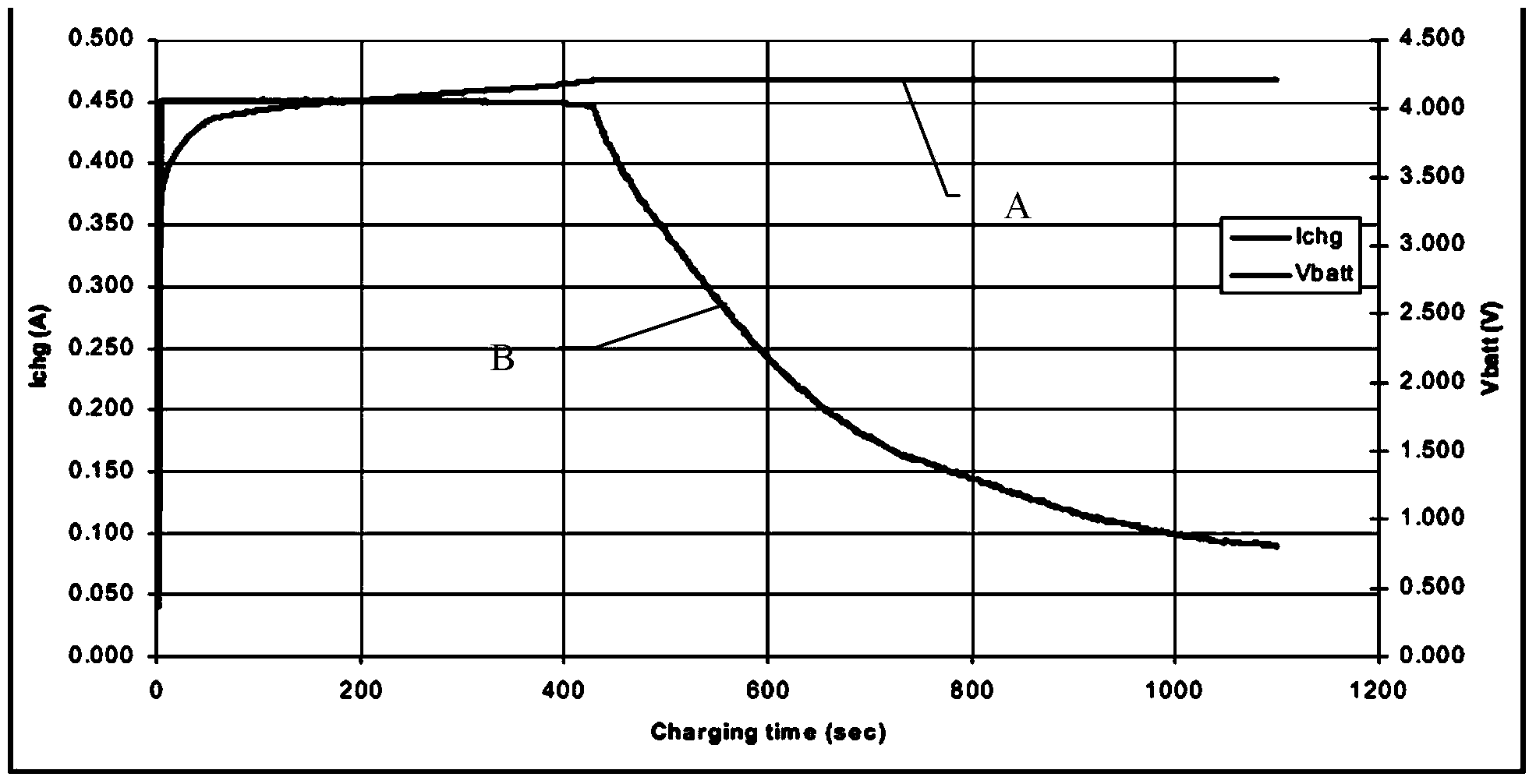Pico-nano satellite power supply achieved through maximum power point tracking technology
A technology of maximum power point and satellite power supply, which is applied in the field of satellite power supply, can solve problems such as system failure, and achieve an effect that is conducive to rapid integration
- Summary
- Abstract
- Description
- Claims
- Application Information
AI Technical Summary
Problems solved by technology
Method used
Image
Examples
specific Embodiment approach 1
[0014] Specific implementation mode 1. Combination figure 1 Describe this specific embodiment, a kind of Pina satellite power supply that adopts maximum power point tracking technology described in this specific embodiment includes solar cell group 1, maximum power point tracking controller 2, charging controller 3, battery protector 4, Battery pack 5, DC voltage conversion unit 6 and power distribution unit 7, the power signal output end of the solar battery pack 1 is connected to the power signal input end of the maximum power point tracking controller 2, and the control of the maximum power point tracking controller 2 The signal output terminal is connected to the first control signal input terminal of the charging controller 3, the second control signal input and output terminal of the charging controller 3 is connected to the first control signal output and input terminal of the battery protector 4 and then connected to the bus bar, and the battery protection The second c...
specific Embodiment approach 2
[0028] Embodiment 2. The difference between this embodiment and the Pina satellite power supply using the maximum power point tracking technology described in Embodiment 1 is that the solar cell group 1 is composed of N solar cells connected in series and parallel. , N is an integer greater than or equal to 2.
[0029] In this embodiment, the solar battery group 1 includes 2 solar battery monomers connected in parallel to form a group, a total of 3 groups, each solar battery is a gallium arsenide solar battery, and the power conversion efficiency can reach 28%.
specific Embodiment approach 3
[0030] Embodiment 3. The difference between this embodiment and the Pina satellite power supply using the maximum power point tracking technology described in Embodiment 1 is that the battery pack 5 is composed of battery cells connected in parallel.
[0031] In this embodiment, the battery is connected in parallel with three lithium-ion batteries for independent charge and discharge. The normal voltage of the battery is 3.7V, the capacity of a single battery is 2600mAh, and the total capacity of the three batteries is 7800mAh, or 23.4Wh, which can meet the needs of satellites.
[0032] image 3Shown is the lithium-ion battery charging curve, the ordinate on the left represents the charging current, the unit is A, the ordinate on the right represents the battery voltage, the unit is V, the abscissa is the charging time of the jewel, the unit is s, and the curve A represents the charging current, Curve B represents the battery voltage. The charging process of lithium-ion batter...
PUM
 Login to View More
Login to View More Abstract
Description
Claims
Application Information
 Login to View More
Login to View More - R&D
- Intellectual Property
- Life Sciences
- Materials
- Tech Scout
- Unparalleled Data Quality
- Higher Quality Content
- 60% Fewer Hallucinations
Browse by: Latest US Patents, China's latest patents, Technical Efficacy Thesaurus, Application Domain, Technology Topic, Popular Technical Reports.
© 2025 PatSnap. All rights reserved.Legal|Privacy policy|Modern Slavery Act Transparency Statement|Sitemap|About US| Contact US: help@patsnap.com



